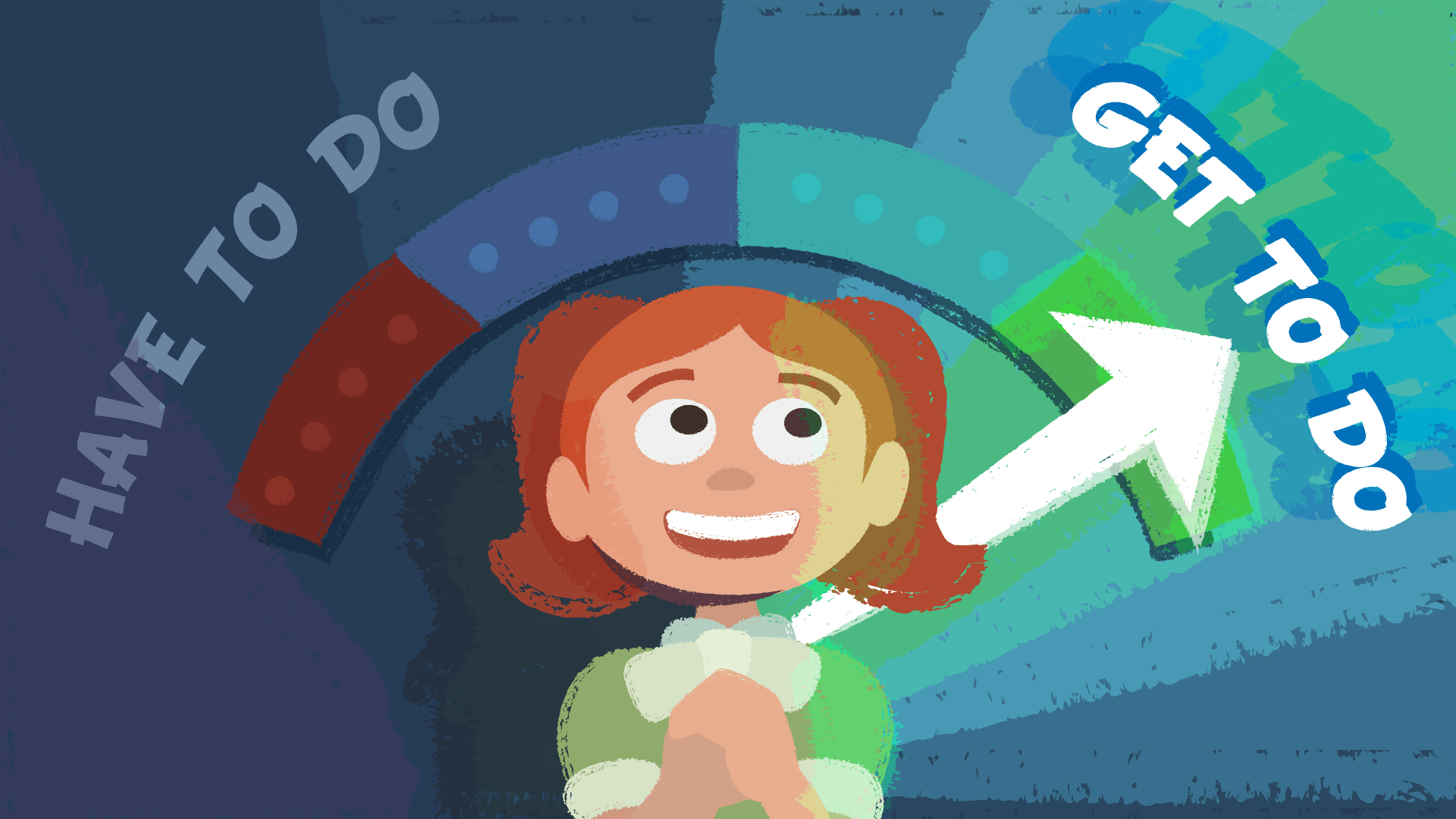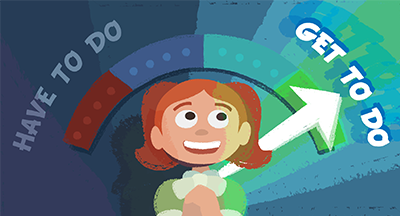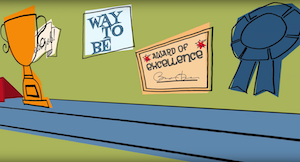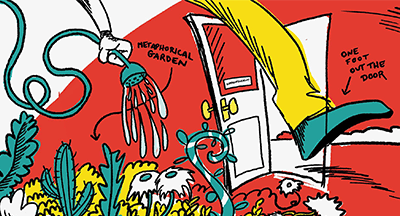
The way students feel at school has a direct impact on their achievement and experience. While it’s impossible to control student feelings like a thermostat, there is one supercool tool educators can depend on: giving students a say in their education, otherwise known as student agency.
What is student agency?
Student agency empowers kids to take control of their learning in ways that capture their attention. “Their ability to make a decision triggers a greater investment of interest and motivation,” according to Renaissance Edwords.What is the difference between school culture and climate?
Culture is planned. It’s the goal everyone in a school agrees to aim for, and is often crafted by stakeholders across the district. Different components, including vision and mission statements, mottos, and logos can help solidify the agreement and keep everyone focused.Climate is the result of culture. It’s the overall feeling in the hallways. While it can be influenced over time, it can’t be forced and changed quickly. School climate also cannot be faked or covered up: it is what it is. School climate is how students feel when they're at school.
How can schools increase student agency?
If the benefit of student agency is increased engagement, what’s holding districts back from implementing agency-boosting programs? In short, student agency still requires expert coaching. Consider the impact of 25 student-led learning plans. The educator is simply outnumbered. Still, there are scalable ways to increase student agency.Project-based learning
Students may get more control of their assignments, topics, or methods, but they still have to demonstrate mastery. One Pennsylvania school has increased its ability to provide mass customized learning by using project-based learning.“The endpoint for our learners is graduation, and we want them to get there in a way that makes the most sense for each individual,” explained Ryan Billet, assistant to the superintendent of Central York School District in Pennsylvania.
This shift from industrialization to personalization is a perfect developmental match for adolescents. Their capacity for problem-solving and abstract thinking blossom, and they need ways to practice so-called “real world” skills, such as daily planning and decision-making—and the consequences of their planning and behavior.
Arena scheduling
Nontraditional scheduling methods offer a great way to test these new skills. Imagine arena scheduling looking something like college enrollment: students can choose their elective credits and structure their daily schedule as it suits them. Of course, students prioritize different things. Academically focused students build a schedule designed to move them toward graduation faster, with a heftier portfolio of experience. Social butterflies compare courses with friends and ensure maximum togetherness.Either way, students learn whether their planning is going to work out for them, and how to create a plan B (or C or D) for when popular courses and sections fill up instantly.
Student involvement
Student agency, believe it or not, transcends academics and extends into post-graduation and personal priorities. Students are not only learning how to be great learners but also great citizens. Capture the spark of activism so ready to explode in the heat of adolescence. There’s no better place to get kids involved in local government than inviting them to learn about their very own school board. In fact, many districts have implemented advisory panels for their school board and administrative teams. Among their stakeholders voicing priceless feedback in an orderly, focused fashion? Students.Education is a privilege. Let’s act like it.
Students have a right to a free, appropriate public education. Sometimes it’s easy to take it for granted. When students are empowered and encouraged to take ownership of their own academic decisions and direction, the privilege of high-quality education shines. As with so many scenarios, students might not appreciate what they have until it’s their idea. ;)Follow-up resource: Subscribe
It's your choice: Would you like to get monthly tech, leadership, and school culture insight delivered right to your inbox, or would you like to miss out?WHAT'S NEXT FOR YOUR EDTECH? The right combo of tools & support retains staff and serves students better. We'd love to help. Visit skyward.com/get-started to learn more.

|
Erin Werra Blogger, Researcher, and Edvocate |
Erin Werra is a content writer and strategist at Skyward’s Advancing K12 blog. Her writing about K12 edtech, data, security, social-emotional learning, and leadership has appeared in THE Journal, District Administration, eSchool News, and more. She enjoys puzzling over details to make K12 edtech info accessible for all. Outside of edtech, she’s waxing poetic about motherhood, personality traits, and self-growth.





